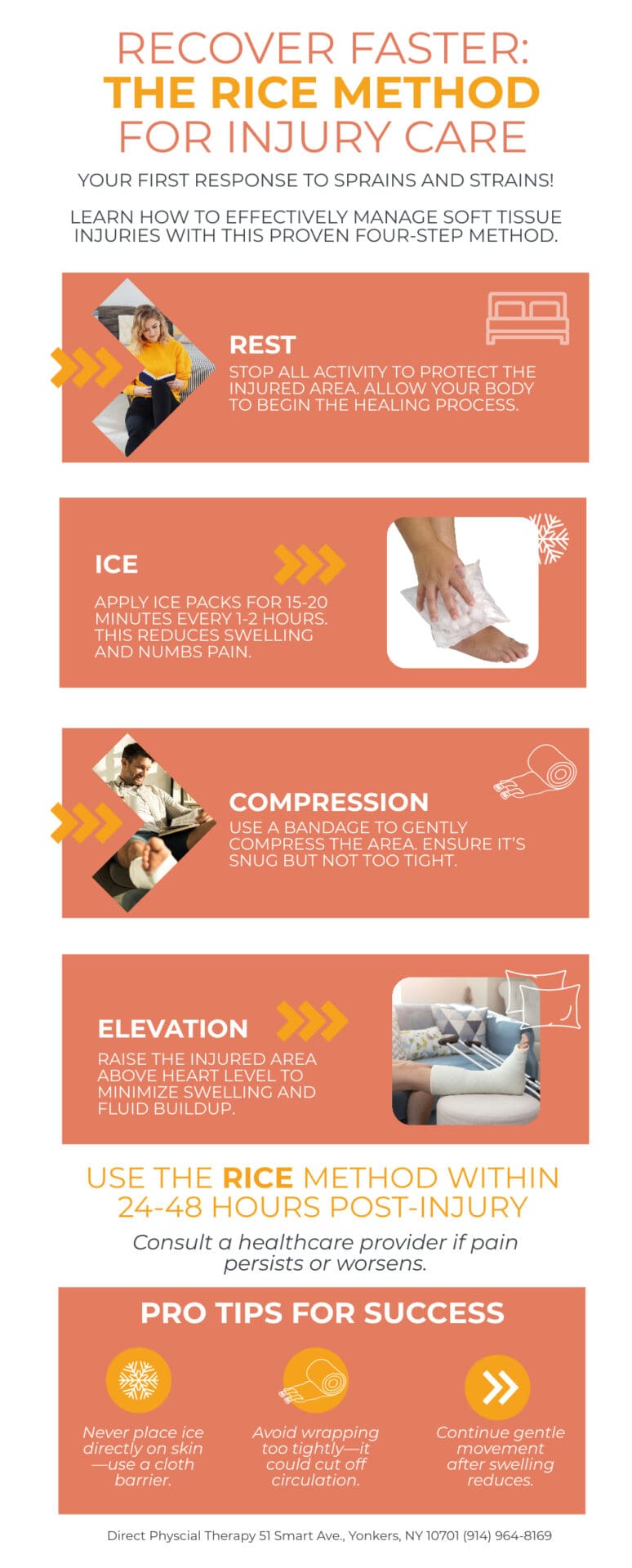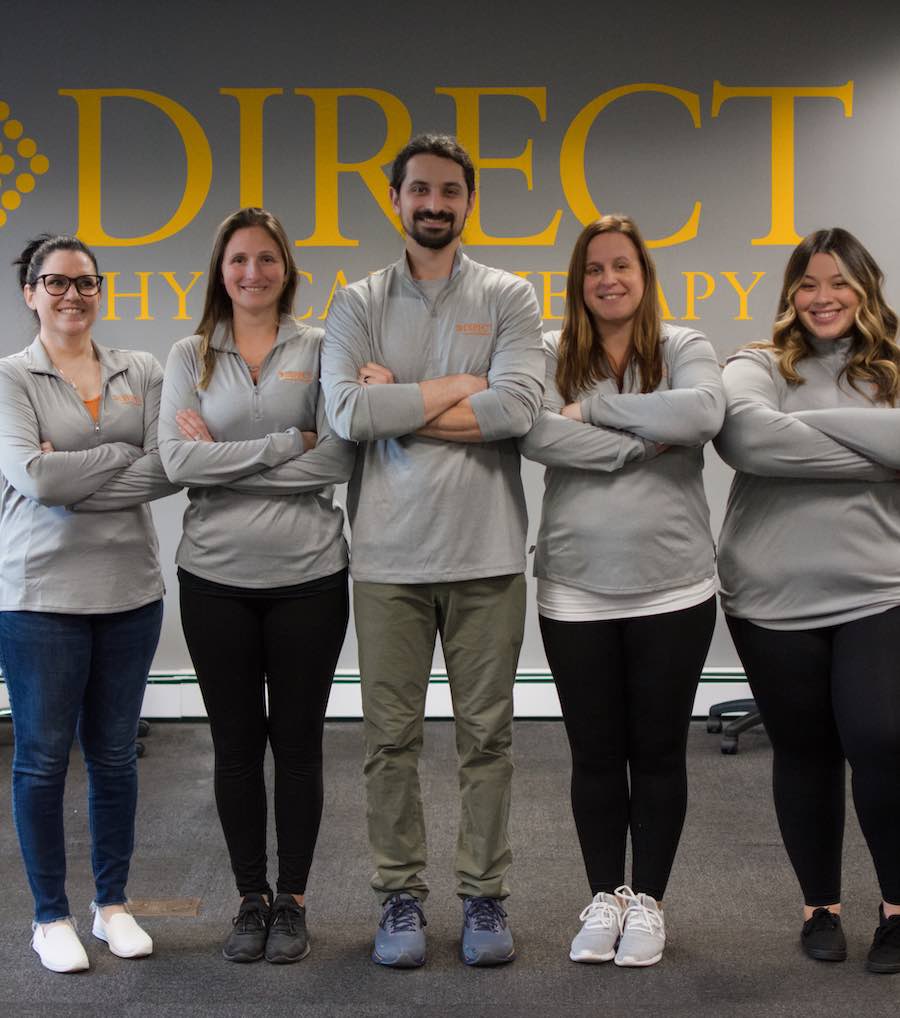What Is a Sprain?
A sprain is an injury involving the ligaments, the tough tissues that connect bones in a joint. This type of injury occurs when these ligaments are stretched or torn, often from a sudden twist, fall, or impact. Whether the injury is mild or severe, addressing it promptly is crucial to ensuring full recovery and avoiding complications.
Sprains most commonly affect the wrist, ankle, and knee. These joints are vulnerable due to the wide range of motion they enable and the significant weight or force they often bear. Imagine stepping off a curb and landing awkwardly or feeling a sharp pull in your wrist after catching yourself during a fall—that’s when a sprain is most likely to occur.
How Do Sprains Occur?
The mechanisms behind a sprain can be as varied as the activities in our daily lives. A quick misstep on uneven ground, a miscalculated landing during a sports game, or simply overestimating your balance can all result in ligament damage. For athletes, sudden jumps and twists of high-impact sports often push joints beyond their natural limits, increasing the risk. But sprains aren’t exclusive to sports; even everyday activities, like walking in ill-fitting shoes or carrying something heavy while distracted, can lead to these injuries.
Interestingly, individuals with a history of previous injuries, particularly to the same joint, are more susceptible. This increased vulnerability often comes from weakened ligaments or incomplete rehabilitation after an earlier sprain.
Recognizing a Sprain and Understanding Its Severity
The signs of a sprain can range from subtle to severe, depending on the extent of the ligament damage. Mild sprains might present as a slight ache or stiffness, while severe ones can leave the joint swollen, unstable, and incapable of bearing weight. Bruising is also common, signaling the body’s response to injury as blood vessels around the joint react to the stress.
In some cases, individuals describe hearing or feeling a “pop” at the moment of injury, often a hallmark of a significant tear. For more severe injuries, professional evaluation becomes essential to determine the damage’s extent and rule out fractures or other complications.
The Healing Journey: From Pain to Recovery

Recovering from a sprain is a process, and the duration depends on the injury’s severity. Mild sprains might heal within a few weeks, but moderate ones require more time and deliberate care. Severe sprains involving complete ligament tears can take months to resolve fully and may even necessitate surgery.
Physical therapy is indispensable in this journey, helping address immediate pain and swelling and restoring strength, flexibility, and stability. Therapists work closely with patients to guide them through targeted exercises, ensuring that the joint regains its full range of motion and that weakened ligaments are fortified against future injury.
Why Physical Therapy Is Key to Recovery
When recovering from a sprain, it’s not just about healing—it’s about rebuilding confidence in your ability to move without pain or fear of re-injury. This is where the expertise of a local physical therapist in the Dunwoodie neighborhood of Yonkers becomes invaluable. By tailoring treatment to your unique needs, therapists provide personalized strategies for recovery, focusing on everything from reducing inflammation to improving joint mechanics.
At Direct Physical Therapy, we prioritize understanding each patient’s goals, whether it’s returning to daily activities, regaining athletic performance, or simply moving pain-free again. With methods ranging from manual therapy to progressive strength training, we help transform the daunting recovery process into a pathway toward empowerment and renewed mobility.
Preventing Sprains and Protecting Joint Health
While no one can eliminate the risk of injury, there are steps you can take to safeguard your joints. Simple practices, like warming up before physical activity and wearing supportive footwear, go a long way in maintaining ligament health. Strengthening the muscles surrounding joints also provides added protection, as does maintaining awareness of your surroundings, especially on uneven surfaces.
The key to prevention lies in consistency—incorporating healthy habits into your daily routine can drastically reduce the likelihood of a sprain. For those who’ve experienced previous injuries, ongoing physical therapy may be recommended to address lingering weakness or instability, providing an extra layer of protection.
When to Seek Professional Support
Sometimes, rest and self-care are enough. But when swelling doesn’t subside, pain worsens, or mobility becomes a challenge, it’s time to consult an expert. At Direct Physical Therapy, our approach emphasizes personalized care, empowering patients to overcome their injuries with confidence and support. Whether you’re dealing with an ankle sprain from a fall or a wrist injury from sports, we’re here to guide you every step of the way.
Sprains are common but should always be addressed. You can recover fully and prevent future injuries with the proper care and guidance. Contact us today to start your recovery journey.
The team at our Direct Physical Therapy center in Southeast Yonkers helps patients everyday regain and improve their mobility and strength. We treat common injuries such as – sprains and strains, sports injuries, workers compensation injuries, and no-fault injuries. We also see patients for post-surgery, arthritis, neck/back pain, balance, gait/walking, hip/joint replacement, and other physical therapies. We accept a wide range of insurance, and are open Monday through Friday.
Contact Direct Physical Therapy Yonkers to learn more about our services and schedule your consultation. Your path to a happier, healthier life begins with a call. Let us be your partner in reclaiming the joy of movement and wellness.
This article is intended for informational purposes only and should not be considered as medical advice. The content provided is based on general knowledge. Individual health needs vary, and it is crucial to consult with a qualified healthcare professional for personalized advice and treatment. Always seek the guidance of your healthcare provider for any questions or concerns regarding your health.











